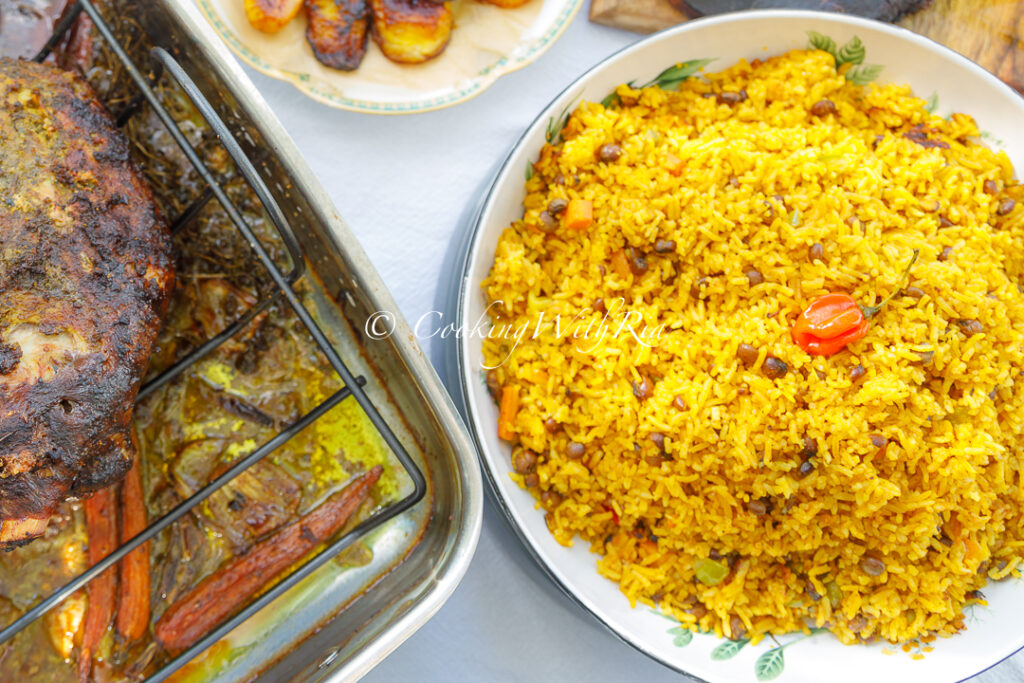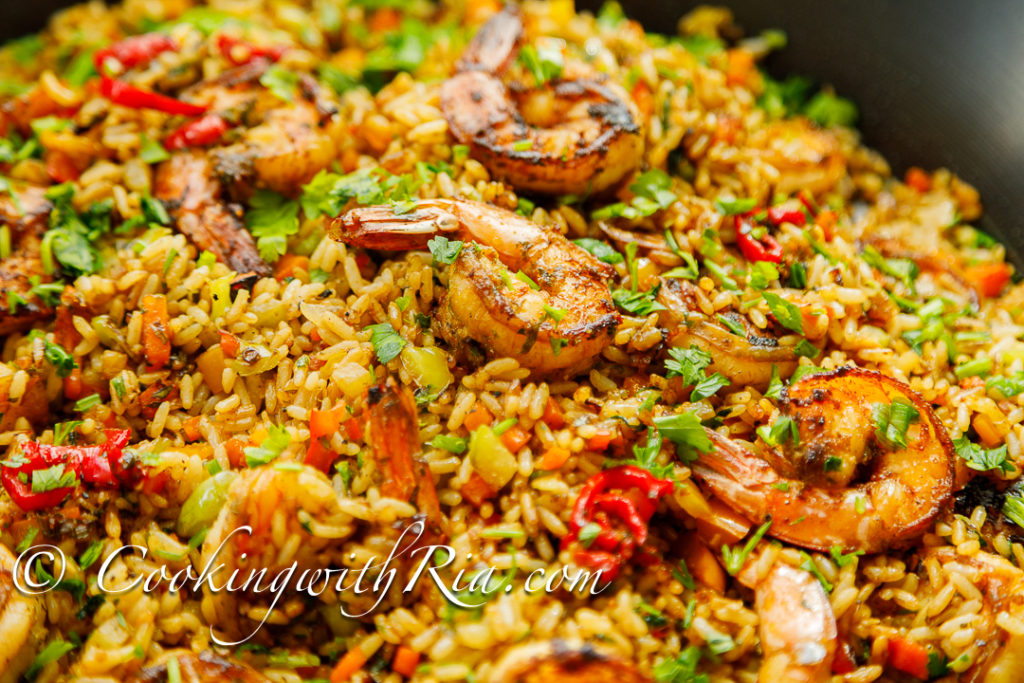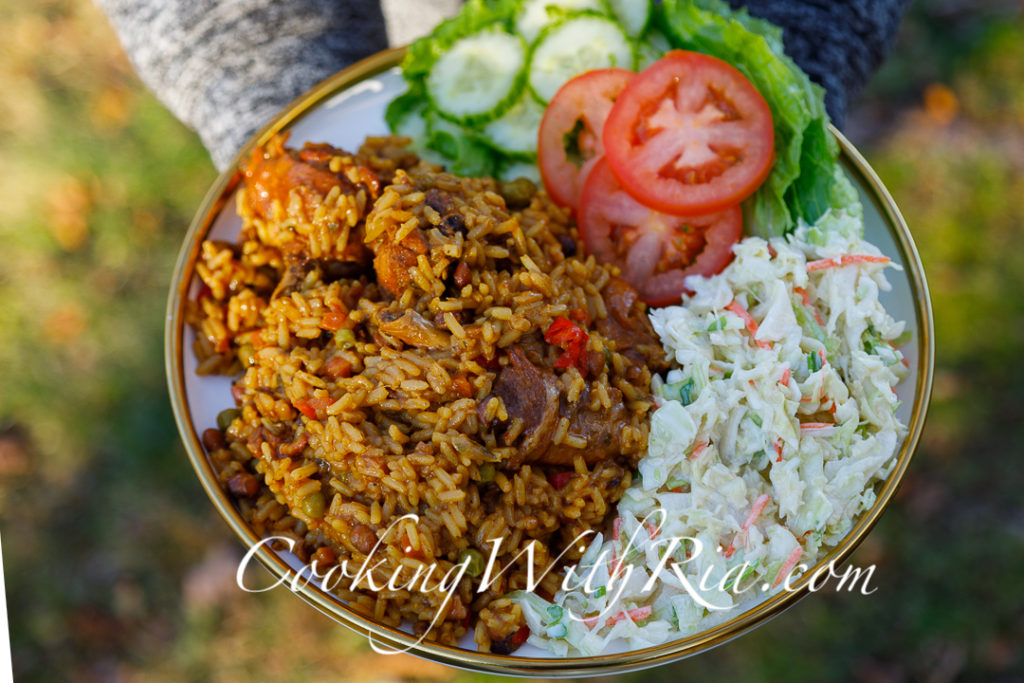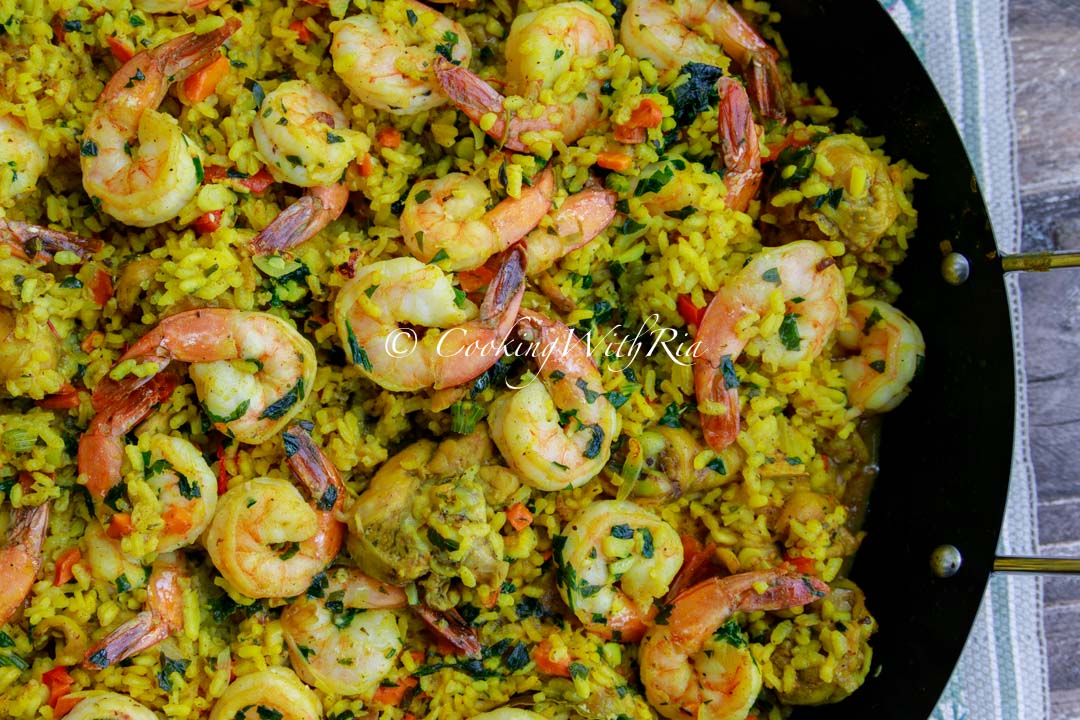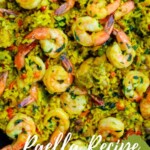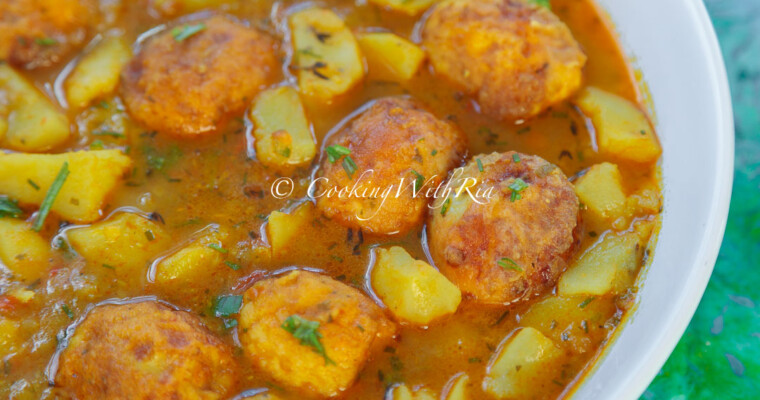I’ve been perfecting my paella for years, letting it evolve with time, experience, and inspiration. A standout moment was during a recent visit to Borough Market in London, where we joined a long line to try their famous paella. The anticipation as we watched the chefs work their magic was half the fun.
Table of Contents
This recipe reflects my take on paella with a Caribbean twist (certainly not traditional), a dish that might seem complex at first glance but is built from accessible, straightforward ingredients. It’s all about preparation and taking the time to coax out layers of flavor. The key to success lies in getting the rice texture just right. We’ve all heard those dreaded critiques from cooking show judges about undercooked or mushy rice—this recipe ensures you’ll avoid both.
More about Bomba Paella – Furness Foot Hut, London
Bomba paella at Borough Market in London is a standout dish that captivates visitors with its authenticity and presentation. One of the most popular stops for paella enthusiasts is the Furness Food Hut, where a gigantic pan of steaming paella pan catches the eye and lures foodies (including me). This paella is made with Bomba rice, known for its ability to absorb liquid without becoming mushy, steeped in a flavorful seafood stock and generously topped with chicken, seafood, or a mix of both. It’s an aromatic and hearty dish, perfect for enjoying on a brisk London day.
This paella’s simplicity highlights quality ingredients like saffron, seafood, and expertly cooked rice, making it a hit among locals and tourists alike. The large portions are ideal for sharing, often drawing crowds of hungry visitors who savor every bite of this Spanish classic. After waiting a very long time in the line, we overenthusiastically ordered two servings. In hindsight, one portion would have easily fed all seven of us, especially with all the other delicacies the market had to offer.
Borough Market itself, with its vibrant food scene, enhances the experience, offering a cultural melting pot of flavors alongside the paella. For those visiting Borough Market, the Furness Food Hut’s paella is a must-try, embodying the communal spirit and indulgence of Spanish cuisine in the heart of London. It’s perfect for anyone wanting to enjoy a warm, comforting meal amidst the market’s bustling atmosphere.
Interesting Facts: Origins and Variations of Paella
Paella, originating from Valencia, Spain, is celebrated for its regional diversity and culinary adaptability. Each version reflects the local ingredients, traditions, and culture of the region in which it is made, making paella a true testament to Spanish culinary heritage.
- Valencian Paella (Paella Valenciana): This is the most traditional form of paella and features a mix of chicken, rabbit, and sometimes snails. Vegetables like green beans and garrofón beans (a type of butter bean) are also key ingredients. Saffron and paprika add the characteristic color and flavor. This version is deeply tied to the agricultural roots of the Valencian region and is regarded as the original paella.
- Seafood Paella (Paella de Mariscos): Common in coastal areas, this variation replaces meat with seafood such as shrimp, mussels, clams, and squid. Often lighter and more fragrant, it highlights the freshness of Mediterranean seafood. This version skips beans and green vegetables, focusing on the delicate flavors of the sea.
- Mixed Paella (Paella Mixta): As the name suggests, this combines elements of Valencian and seafood paella, including both meat (chicken, rabbit, or chorizo) and seafood. While popular among tourists, traditionalists in Spain often view it as a less authentic version.
- Black Paella (Arroz Negro): Found in Catalonia and Valencia, this variation is made with squid or cuttlefish and is distinguished by its dramatic black color, which comes from squid ink. It’s rich in seafood flavor and is typically accompanied by a dollop of aioli.
- Vegetarian Paella (Paella de Verduras): Adapted for vegetarians, this paella includes a mix of seasonal vegetables such as bell peppers, zucchini, artichokes, and asparagus. It’s cooked in a vegetable stock and often features the same saffron-spiced rice as other versions.
- Mountain Paella (Paella de Montaña): Popular in inland regions, this paella emphasizes ingredients like game meats, pork, or local sausages, paired with hearty vegetables like mushrooms and artichokes. It reflects the robust, earthy flavors of Spain’s mountainous areas.
- Modern and Fusion Paellas: Chefs worldwide have introduced unique spins on paella, incorporating non-traditional ingredients like kimchi, smoked paprika, or even pasta. While these variations stray from tradition, they showcase the versatility of the dish (like my recipe!).
The essence of paella remains its communal preparation and sharing, symbolizing togetherness and celebration in Spanish culture. Whether enjoyed by the Mediterranean coast or in the Spanish heartland–or in your kitchen, paella continues to evolve while honoring its rich heritage.
Ingredients You Will Need for My Paella Recipe:
Here is a breakdown of the essential ingredients for making a delicious paella; please see the recipe card below for the full recipe:
• Chicken: Provides a hearty, savory base and depth to the dish.
• Shrimp and Mussels: Bring a briny, fresh-from-the-sea flavor that is key to traditional paella.
• Paella Rice: The backbone of the dish; short-grain rice is ideal for absorbing the stock and seasonings.
• Green Seasoning: Adds vibrant Caribbean aromas and flavors, unique to this recipe.
• Saffron Threads: The signature spice, giving the dish its golden hue and unmistakable aroma.
• Adobo Seasoning: Adds a touch of bold, well-rounded spice to enhance every layer of flavor.
• Vegetables (Carrots, Celery, Tomatoes, Red Bell Pepper, Onion, and Garlic): Provide sweetness, earthiness, and texture to balance the dish.
• Chicken Stock or Water: Hydrates the rice and infuses it with flavor as it cooks.
• Butter and Herbs: Enrich the seafood and create a luscious, aromatic topping for the paella.
These ingredients combine to create a flavorful, well-balanced dish that’s hearty, aromatic, and undeniably satisfying.
Tips for Success
- Authentic Saffron: Trinidad’s “saffron” is turmeric. It’s also worth noting a cultural quirk: in Trinidad, we often refer to turmeric as saffron, but this recipe calls for authentic saffron threads to deliver the true essence of paella. If saffron threads aren’t available, you can use a pinch for color, but the flavor won’t quite be the same. Similarly, adobo adds a nice touch, but if that’s hard to find, you can adapt with turmeric and other seasonings. Every adjustment brings its own story and flavor to the dish, making it uniquely yours.
- Patience with Liquid: Patience is essential; gradually adding liquid allows the rice to absorb it perfectly, avoiding unwanted sogginess.
- Homemade Stock: For added depth, homemade stock works wonders, but store-bought stock or even plain water will do the trick, thanks to the flavor-packed ingredients in the dish.
Paella Recipe (With a Caribbean Twist)
Ingredients
For the Chicken and Rice Base:
- 3 lbs chicken cut into pieces
- 3 tbsp green seasoning
- 1 tsp salt
- 1 tsp black pepper
- 2 tbsp oil
- 5 tsp adobo or as needed
- ½ small carrot diced
- ½ onion chopped
- 6 garlic cloves crushed
- 4 tbsp celery chopped
- 2 tomatoes chopped
- 3 cups paella rice
- 2 scallions chopped
- Hot pepper chopped
- 8 cups chicken stock or water
- 1 tsp saffron threads
- 1 tbsp thyme leaves
- 4 bay leaves
- ¼ red bell pepper diced
For the Shrimp and Mussels:
- 4 tbsp butter
- 4 garlic cloves minced
- 4 tbsp celery chopped
- 2 lbs shrimp peeled and deveined
- 1 lb mussels optional
- Salt pepper, and adobo to taste
Instructions
- Rinse and drain the chicken pieces. Season with green seasoning, salt, pepper, and adobo.
- Heat oil in a paella pan over medium-high heat. Sear the chicken until browned on all sides.
- Add the carrots, onion, garlic, celery, tomatoes, and scallions. Stir and cook for 5 minutes, then add the rice, saffron threads, thyme, bay leaves, and red bell pepper.
- Gradually add chicken stock or water in increments (4 cups initially, then 1-2 cups as needed). Stir occasionally and cook until the rice reaches a tender, fluffy texture.
- In a separate pan, melt butter over high heat. Add garlic, parsley, shrimp, and mussels (if using). Season with salt, pepper, and adobo. Cook until shrimp is slightly underdone, then set aside.
- Once the rice is nearly cooked, fold the shrimp, mussels, and their pan juices into the paella. Cook for another 5-10 minutes until everything melds beautifully.
- Add more salt, pepper, or adobo if necessary. Serve hot and enjoy!
Tips for Success
- Authentic Saffron: Trinidad's “saffron” is turmeric. For the signature flavor and aroma, use authentic saffron threads, even if just a pinch.
- Patience with Liquid: Add stock slowly to avoid mushy rice and achieve that perfect bite.
- Homemade Stock: If time permits, make a rich homemade chicken or seafood stock for unparalleled depth.
Notes
Paella is best served straight from the pan, family-style, with a squeeze of fresh lime and a crisp green salad. Pair it with crusty bread or a side of roasted vegetables to complete the meal. Nutrition Info: Calculated using water; please adjust for chicken stock.
Nutrition
Serving Suggestions
This paella recipe is perfect for bringing loved ones together, whether for a casual family gathering or a festive holiday celebration. Cooking paella as a group can be a fun and engaging activity—chopping ingredients, layering flavors, and watching the dish come to life in the pan creates a shared experience everyone will enjoy.
For serving, paella works wonderfully as a centerpiece meal. Arrange it on the table family-style, letting everyone scoop out their portion directly from the pan, or serve it à la carte with individual accompaniments like a crisp green salad, crusty bread, or even a glass of Spanish wine. Its versatility and vibrant flavors ensure it will be a crowd-pleaser at any occasion!
Did You Love This Recipe? Leave a Rating and Comment!
If this recipe brought the vibrant flavors of Spain and the Caribbean to your kitchen, let us know! Your comments and ratings help inspire others to try this delicious dish.
Questions or Concerns—Write Me!
If you have any questions or need guidance with this recipe, don’t hesitate to comment below or email me at [email protected]. I’d love to help you make your paella experience a success. Happy cooking! 🌟
More Rice Recipes You Will Love:
